Santa Monicans call it "the accident." Upon further reflection, some residents also concede that while this word is accurate, it does not capture the enormity of what happened on July 16, 2003. That day, an 86-year-old man’s foot pressed down on the accelerator of his 1992 Buick, sending the large car crashing through the Santa Monica Farmers Market at 60 mph killing 10 people, injuring dozens and shattering a communal calm.
The Santa Monica farmers market tragedy shocked the politcally conscious city where the homeless crowd and the Humvee set maintain a reasonable peace.
Twelve months later, there is a life-goes-on feel to the Farmers Market on Arizona Avenue near the Third Street Promenade. On Saturday of the July 4 weekend, farmers market business was solid with tourists, young couples with small children, some aging hippies, plus two clusters of 20-somethings seeking audiences to test-market movie screenings and environmentalists pigeonholing people to sign a Ballona Wetlands petition.
"We made a conscious effort after the accident to carry on with the market," said Santa Monica Mayor Richard Bloom, a lawyer whose office staff includes a woman who was walking through the market at 1:47 p.m., when the Buick careened down Arizona.
The Santa Monica Bay Interfaith Council will hold a one-year memorial service on July 14.
The tragedy also has spawned extensive civil litigation against Santa Monica. A California Highway Patrol team of crash investigators has written a 914-page report on the accident. However, its public release has been blocked by a judge concerned about pretrial publicity for the October criminal trial against the Buick’s driver, George Russell Weller, who has stated that he mistakenly thought the accelerator was the brake.
Santa Monica has seven Jewish congregations. At the Reform Beth Shir Shalom, where Bloom worships, cantorial soloist David Shukiar believes that the crash has prompted deeper reflection among himself and his congregants.
"It’s changed how I look at things in the world," he said. "I had a similar feeling, on a much larger scale, with Sept. 11. I hug my daughter tighter now."
At the Wednesday farmers market, Izzy Levitansky runs the Chabad of Montana outreach table with free candles, phylacteries and cards. Last year, he made it across the street to safety as the Buick hit his table. At Shabbat services two days after the crash, he was joyous that God had saved his life.
"There were people on the windshield and the Buick was trucking through and I said, ‘I’m outta here,’" Levitansky said as he stood at Arizona Avenue, pointing to the center of the intersection where he was standing. "He hit the table."
And after watching those 10 to 15 seconds of horror, he said, "You wake up the next morning and say, ‘I got no problems. I can breathe.’"
Farmers market manager Mort Bernstein also is not interested in assigning blame. "People come up and talk about it and try to assign blame because it’s something that’s hard to comprehend," said Bernstein, sitting under a tent amid the market’s stalls. "Blame the city. Blame the lack of barricades. If they can assign blame, they can compartmentalize it."
The tragedy’s oldest victim was Movsha Hoffman, a 78-year-old Jewish immigrant from Lithuania. His wife, Esther, survived but was seriously injured. Months after the accident, her son moved her out of the apartment where his parents would reminisce about Soviet socialism with their landlord.
Since Esther moved "I haven’t heard a word from her," said landlord Jay Johnson, who is also a city planning commissioner.
After the tragedy, Johnson spoke about possible safety improvements like wider medians on Wilshire Boulevard and more aid for senior citizen drivers like Weller. A year later, such altruistic notions appear to have been the coping mechanisms that Johnson knew they were even as he spoke of them. There are now barriers on both sides of the farmers market’s Arizona Avenue entrances, but Santa Monica officials have not radically altered their relations with the 20 percent of the city’s population composed of senior citizens.
At Sinai Temple in Westwood, Rabbi David Wolpe draws strength from Shamsi Khani, a Persian American in her late 80s who endured the speeding Buick breaking her neck in three places and breaking both her legs.
"They did not hold any chance for her to survive when I saw her the first time in the hospital," Wolpe said. "In fact, she survives and comes to synagogue on Shabbat. Although there are many tragedies, we also have to be grateful for any small miracles we can wrest from this calamity."








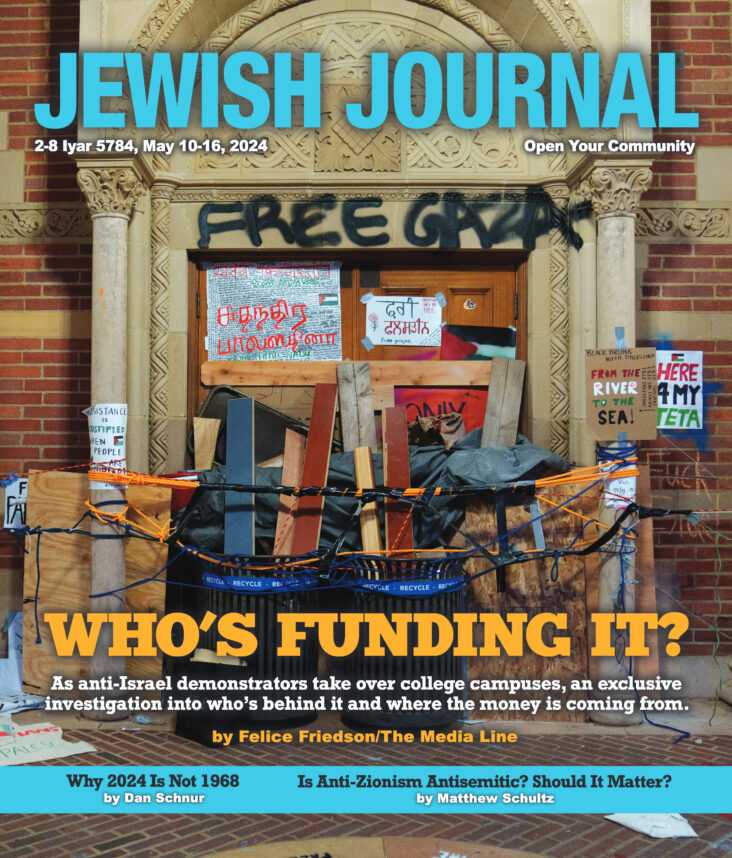



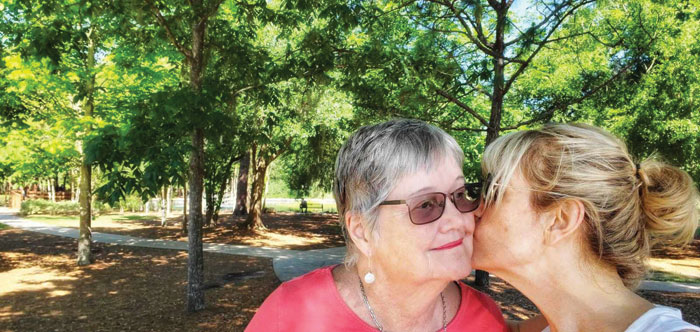

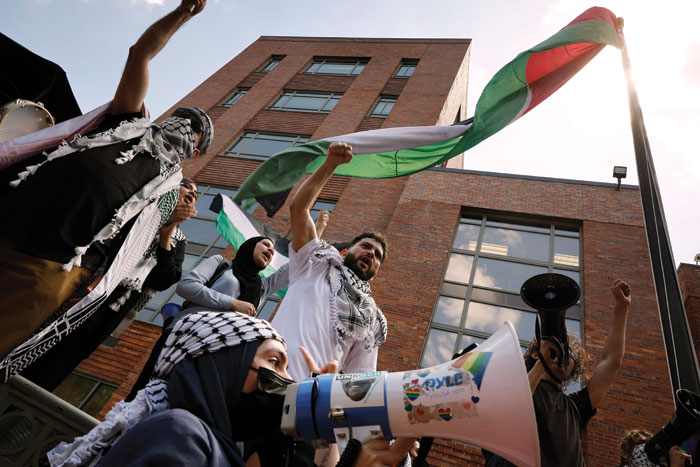
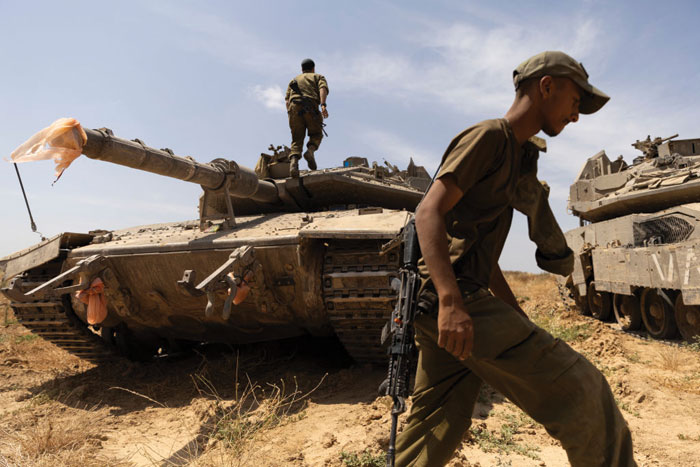
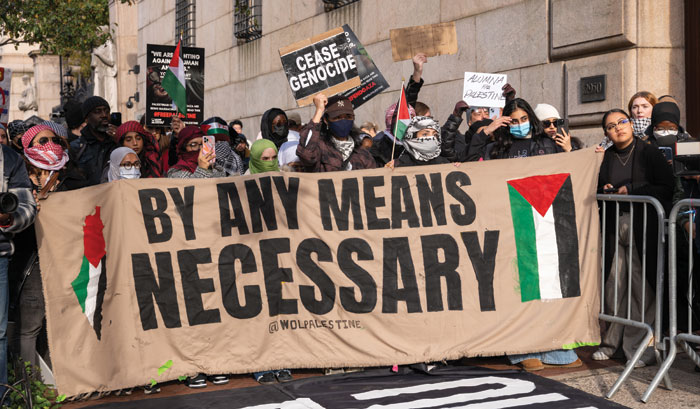





 More news and opinions than at a Shabbat dinner, right in your inbox.
More news and opinions than at a Shabbat dinner, right in your inbox.